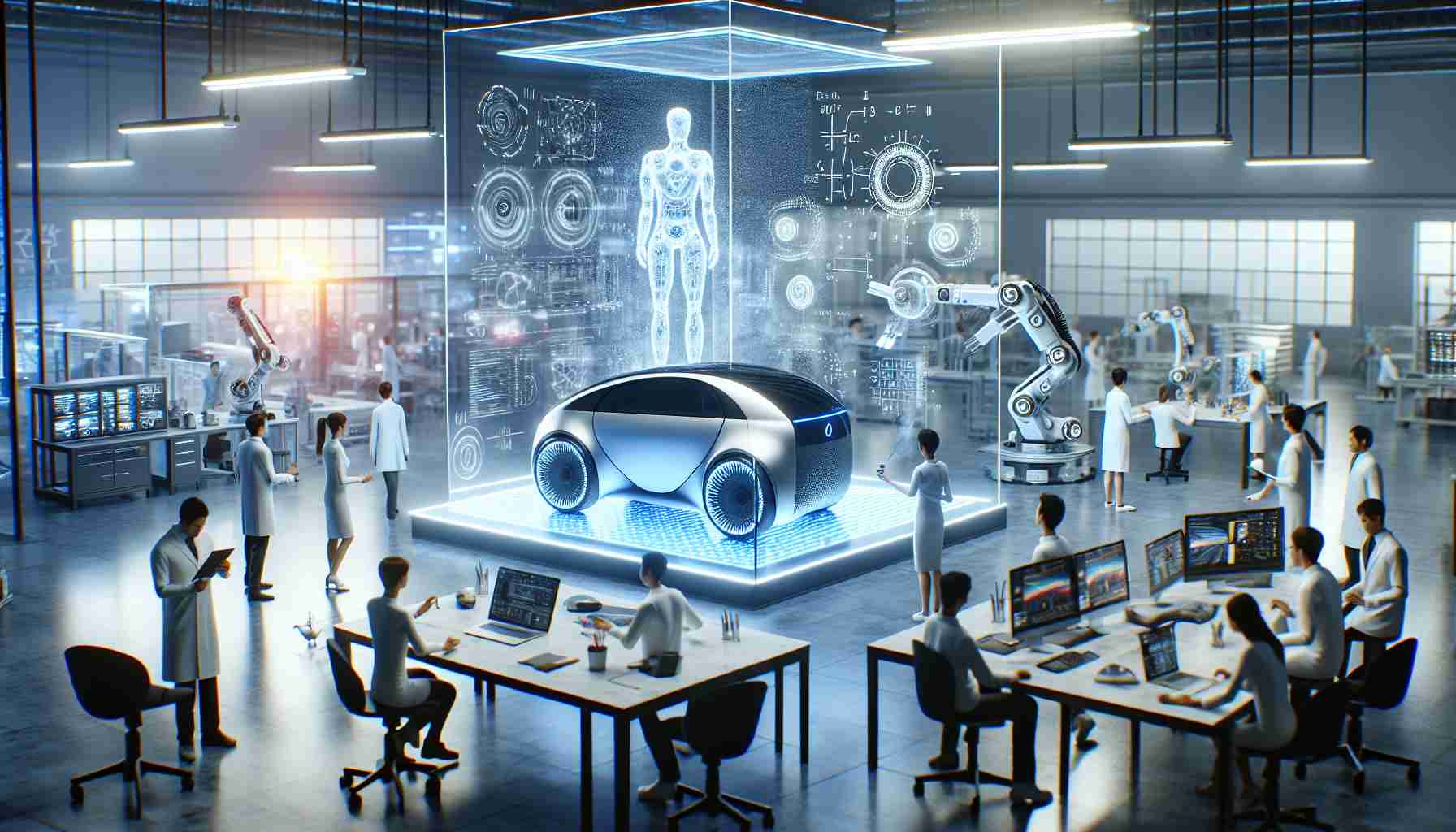The global autonomous vehicle (AV) development platform market is experiencing exponential growth, with a market size of US$27.5 billion in 2023. According to a recent report by IMARC Group, the market is expected to reach US$226.2 billion by 2032, exhibiting a remarkable growth rate of 25.6% during 2024-2032.
The development of AV platforms is primarily driven by advancements in artificial intelligence (AI) and machine learning (ML). These technologies enable vehicles to perceive, interpret, and respond to their surroundings in real-time. By leveraging sophisticated algorithms and deep learning techniques, AV development platforms enhance perception, decision-making, and navigation capabilities, leading to the evolution of more intelligent and autonomous vehicles.
Another significant factor contributing to the growth of the AV development platform industry is the increasing number of collaborations and partnerships within the automotive sector. Original Equipment Manufacturers (OEMs), technology companies, and startups are joining forces to pool resources, share expertise, and accelerate the development of autonomous technologies. These collaborations not only enhance the integration of AV platforms with existing vehicle systems but also contribute to the creation of standardized solutions, furthering the overall progress of autonomous vehicle development.
Sensors and connectivity technologies are also driving the growth of AV development platforms. Advanced sensors like LiDAR, radar, and cameras enable vehicles to gather real-time data about their environment, while robust connectivity solutions facilitate vehicle-to-everything (V2X) communication. These technologies are crucial in creating reliable, safe, and efficient autonomous vehicles.
To meet the growing consumer expectations for autonomous features, significant resources are being channeled into developing AV platforms tailored for passenger vehicles. The demand for autonomous capabilities in personal transportation is fueled by the potential for enhanced safety, convenience, and improved commuting experiences.
Looking ahead, the AV development platform market is witnessing several dynamic trends. Simulation tools and virtual testing environments have gained prominence, allowing developers to conduct extensive testing scenarios in a controlled digital environment. This accelerates the validation process and reduces reliance on physical road tests. Additionally, there is a growing emphasis on open-source platforms and standards, fostering interoperability, innovation, and mitigating fragmentation.
In conclusion, the future of autonomous vehicle development platforms looks promising. With advancements in AI, ML, collaborative efforts, and the continuous evolution of sensor and connectivity technologies, the industry is well-positioned to overcome challenges and drive the development of robust, safe, and commercially viable AV platforms.
FAQ Section:
1. What is the current size of the global autonomous vehicle development platform market?
– The market size is currently US$27.5 billion in 2023.
2. What is the projected growth rate of the market between 2024 and 2032?
– The market is expected to exhibit a remarkable growth rate of 25.6% during this period, reaching US$226.2 billion by 2032.
3. What are the key drivers behind the development of AV platforms?
– Advancements in artificial intelligence (AI) and machine learning (ML) are the primary drivers. These technologies enable vehicles to perceive, interpret, and respond to their surroundings in real-time.
4. How do AV development platforms enhance vehicle capabilities?
– AV development platforms leverage sophisticated algorithms and deep learning techniques to enhance perception, decision-making, and navigation capabilities of vehicles.
5. What is driving the growth of the AV development platform industry?
– The increasing number of collaborations and partnerships within the automotive sector is a significant factor contributing to the growth. This includes collaborations between OEMs, technology companies, and startups.
6. How do sensors and connectivity technologies contribute to AV development?
– Advanced sensors like LiDAR, radar, and cameras gather real-time data about the vehicle’s environment, while robust connectivity solutions facilitate vehicle-to-everything (V2X) communication. This helps in creating reliable, safe, and efficient autonomous vehicles.
7. What is the importance of simulation tools and virtual testing environments?
– Simulation tools and virtual testing environments have gained prominence in the AV development platform market. These tools allow developers to conduct extensive testing scenarios in a controlled digital environment, accelerating the validation process and reducing reliance on physical road tests.
8. What trends are observed in the AV development platform market?
– There is a growing emphasis on open-source platforms and standards, fostering interoperability, innovation, and mitigating fragmentation.
Definitions:
– Autonomous Vehicle (AV): A vehicle capable of operating without human intervention, using artificial intelligence and/or machine learning.
– Artificial Intelligence (AI): The simulation of human intelligence in machines that are programmed to think and learn like humans.
– Machine Learning (ML): A subset of AI that focuses on enabling machines to learn from data and improve their performance without explicit programming.
– Original Equipment Manufacturers (OEMs): Companies that manufacture vehicles and supply them to other companies as parts or systems.
– Vehicle-to-Everything (V2X) Communication: A communication system where vehicles exchange information with other vehicles, infrastructure, pedestrians, and the cloud.
Related Links:
– IMARC Group – Autonomous Vehicle Market
– Forbes – Can AI Help Autonomous Vehicles Overcome Winter Challenges?
– IBM – What is Machine Learning?
The source of the article is from the blog krama.net

